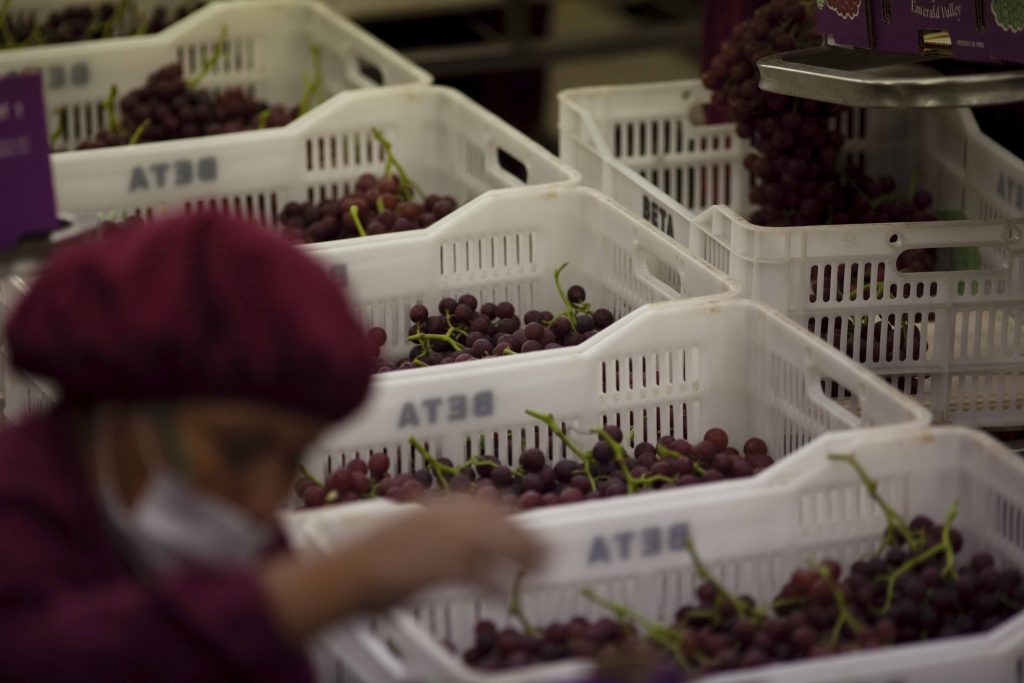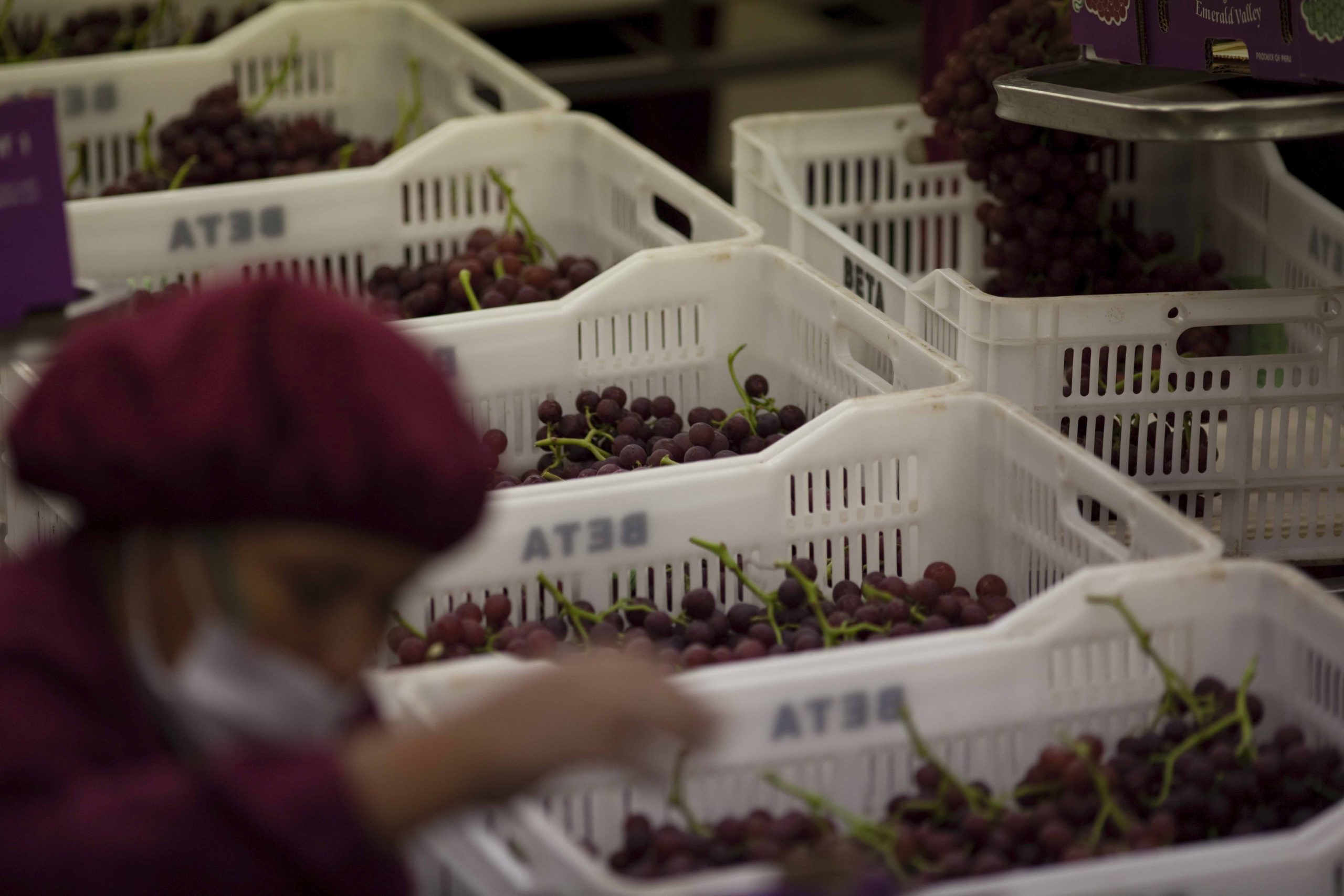Demand for Peruvian food grows in Vietnam
Peru continues to target Asian markets with the firm objective of becoming a strategic partner in the export of its fresh products. With an annual growth of close to 5%, Peru is one of the Latin American countries with the greatest international projection. The export of food represents its second generator of foreign exchange and, although its main destination markets are currently North America and the European Union, the growth in trade with Asia in the fruit and vegetable sector has evolved favourably in recent years.
In 2019, Vietnam received fresh Peruvian produce worth US$3.629 million, which only represents 0.6% of Peruvian exports to Asia. This timid figure, together with the great economic development that Vietnam has shown in recent years – a GDP with a growth of 7% in 2019 – places Vietnam at the forefront in terms of economies in the region and encourages the great expectations that Peru has placed in the country.
For this reason, the Peruvian government continues with its talks with the Vietnamese executive, advancing in the protocols and phytosanitary requirements to achieve market access for avocados and citrus fruits. This latter category is one of the fastest growing in Vietnamese imports, with an increase of 23.8% in orange imports and 18.9% for mandarins. Peruvian fresh grapes along with pomegranates are the most imported Peruvian fresh produce to Vietnam, which also receives quinoa and pecans.
“The evolution of Peruvian imports in the Vietnamese market shows very positive data. Indeed, the balance for the first quarter of 2020 reveals that we increased our exports to this market by 13% compared to the same period in 2019”, states Erick Aponte, Trade Commissioner of PROMPERÚ in Southeast Asia. “The significant growth of our exports to Vietnam in the citrus fruit category shows that Peru can become a quality commercial partner for this country, as has already occurred for other products with which commercial relations are well established,” added Aponte.
Currently, Asia accounts for 9% of the total Peruvian agri-food exports worldwide. China is the main Asian market for Peruvian food, with a 30% share of total exports, followed by Hong Kong (20%), South Korea (14%), Japan (12%), and Indonesia (8%). To a lesser extent, but growing strongly, are Thailand, Malaysia, Taiwan, Saudi Arabia, the UAE, and Vietnam. This latter market is of special importance for Peru where it sees great commercial opportunities.
The strategy of PROMPERÚ’s commercial office for Southeast Asia, which is established in Hong Kong, aims to increase the demand for Peruvian food, for which it manages the opening of new markets through strategic alliances, signing new export protocols and promotional tactical actions which are aimed at both the commercial channel and the final public.
The great biodiversity of Peru, as well as its varied geography, which includes areas of the sea, coast, mountains, and jungle, allows it to offer a wide range of high-quality agri-food products throughout the year. Since 2017, its production is presented under the ‘Super Foods Peru’ brand, which highlights the high nutrient content of Peruvian foods. In addition to fruit and vegetables, Andean cereals such as quinoa, native roots such as maca, as well as various products from the fishing industry, are protected by this distinctive quality mark.




